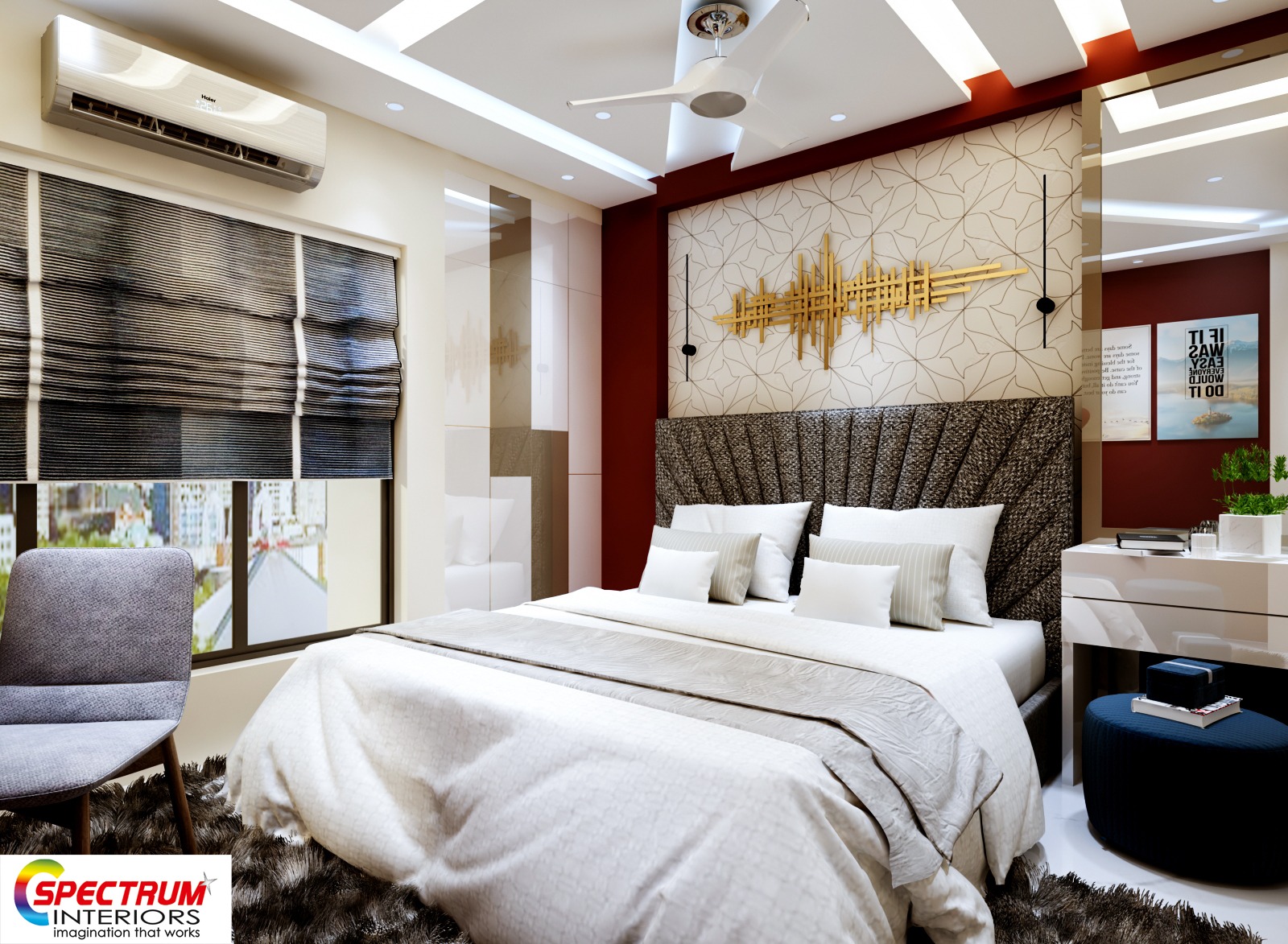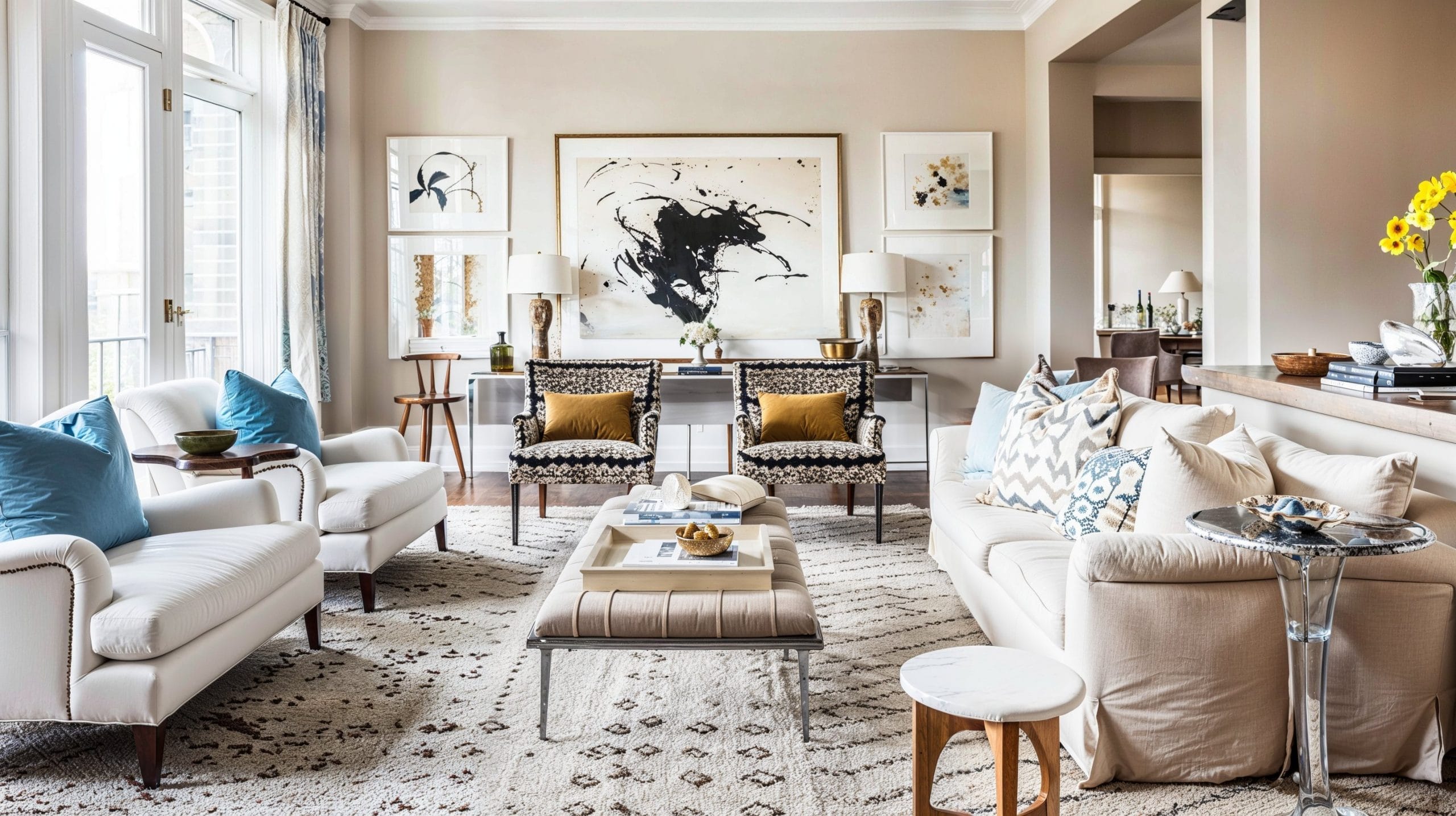Premier interior design firms deliver exceptional design solutions.
Premier interior design firms deliver exceptional design solutions.
Blog Article
Transform Your Home With Vital Principles of Inside Style and Aesthetics
By comprehending the influence of shade theory and the significance of texture and patterns, one can create rooms that are not just aesthetically attractive however additionally deeply individual. Attaining this balance includes even more than simple decoration; it encompasses a strategic setup and a keen understanding of how each component connects within a room.
Understanding Color Concept
Color concept is a fundamental element of interior layout that considerably affects mood, understanding, and general visual. Comprehending the principles of shade theory allows developers to develop rooms that resonate psychologically with passengers while satisfying useful needs (miami interior design). Colors can be categorized into 3 key types: key, second, and tertiary. Each group plays an essential function in establishing harmony within a space.
The mental impact of shades is extensive; warm tones such as reds and oranges stimulate energy and heat, while awesome tones like blues and environment-friendlies advertise peace and serenity. The use of complementary shades improves visual interest, creating striking contrasts that can elevate an area's appeal.
Neutral shades, on the other hand, work as a versatile background, allowing other design elements to radiate. It is necessary to think about aspects such as lighting and the space's purpose when picking a shade combination, as these can alter the assumption of shades throughout the day.
Inevitably, a well-considered color pattern can transform an area, promoting a sense of comfort and style that straightens with the inhabitants' choices. Mastery of shade concept is, for that reason, an important skill for any interior developer intending to develop harmonious and inviting environments.
Attaining Equilibrium in Design
Just how can developers attain a sense of equilibrium in their spaces? Accomplishing equilibrium in layout is essential to producing unified interiors. Designers can utilize 3 primary kinds of equilibrium: in proportion, unbalanced, and radial. Balanced equilibrium involves organizing components uniformly around a main factor, cultivating a feeling of order and peace. This kind typically features sets of furniture or art work, improving aesthetic stability.
Asymmetrical equilibrium, on the various other hand, relies upon varying components that still accomplish a natural appearance. This technique permits for even more dynamic and informal setups, offering interest while preserving equilibrium. By carefully picking varying sizes, shades, and appearances, designers can develop an aesthetically compelling room that really feels balanced yet energised.
Radial balance emphasizes a central prime focus with elements emitting outside. This design is generally seen in round formats, where furnishings and decor produce a natural surround that draws the eye inward.
Ultimately, attaining equilibrium needs thoughtful consideration of range, proportion, and the partnerships between components. miami interior design. By skillfully applying these equilibrium principles, developers can change areas into environments that really feel both aesthetically pleasing and functionally unified, boosting the overall experience for passengers
Significance of Spatial Awareness

A keen feeling of spatial recognition allows designers to determine centerpieces within an area, leading the viewer's attention to vital attributes while maintaining an overall sense of unity. It likewise helps in the critical positioning of lighting, which can dramatically affect the understanding of space and mood. Additionally, comprehending spatial relationships allows the developer to cater to the details requirements of citizens, guaranteeing that each location serves its desired objective without endangering aesthetic appeals.
Eventually, spatial recognition is crucial for taking full advantage of the potential of any type of interior space. By thoroughly taking into consideration the interplay in between dimensions, design, and feature, developers can develop settings that not just satisfy sensible needs but additionally evoke a feeling of comfort and elegance, improving the general living experience.
Including Structure and Patterns
Embracing a diverse series of appearances and patterns can substantially improve the visual and tactile allure of an interior room. The tactical use of different materials-- such as wood, metal, fabric, and rock-- develops depth and rate of interest, making an i loved this area really feel extra inviting and dynamic. Integrating smooth surfaces with rough textures can establish an equilibrium that attracts the eye and involves the senses.
When incorporating patterns, take into consideration both scale and repeating. Big patterns can act as focal points, while smaller sized, refined styles can match various other aspects without frustrating the helpful hints room. Layering patterns, such as pairing floral cushions with striped throws, includes complexity and a feeling of harmony if performed thoughtfully.
It is likewise critical to maintain a natural shade palette, ensuring that textures and patterns collaborate instead of contend for focus. By picking a few crucial structures and patterns, you can create an unified visual that reflects your personal design while improving the general atmosphere of the room. Inevitably, the mindful consolidation of these components can transform a mundane space into an advanced atmosphere rich with character and heat.
Customizing Your Area
Developing an area that mirrors your individuality is important to achieving a really welcoming atmosphere. Customization in interior decoration enables you to instill your unique style and interests into your home, changing it from a simple sanctuary right into a refuge that speaks with who you are. Begin by choosing a color palette that resonates with your feelings-- vibrant tones can stimulate, while soft tones supply tranquility.
Integrate artwork and decor that mirror your interests, whether it be traveling, nature, or abstract ideas. Presenting personal collections, such as books, pictures, or mementos, can evoke cherished memories and develop prime focus within a space. Furthermore, consider tailoring functional items, like upholstered furnishings, to straighten with your aesthetic choices.

Conclusion
To conclude, the makeover of a home with the vital concepts of interior style and aesthetics More Info necessitates a comprehensive understanding of shade concept, equilibrium, spatial recognition, texture, and customization. Each element adds substantially to producing a harmonious and useful living setting - Architecture Firm. By thoughtfully integrating these concepts, individuals can improve the aesthetic charm and psychological vibration of their rooms, ultimately cultivating a home that reflects special identities while offering convenience and usefulness
Report this page